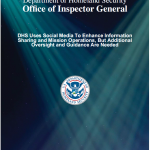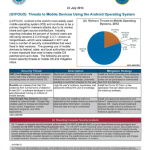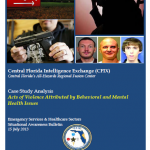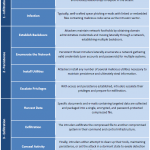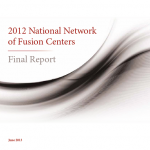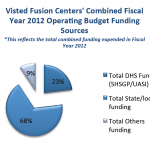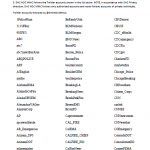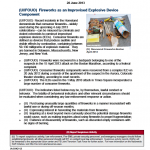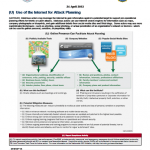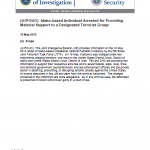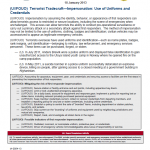
Impersonation by assuming the identity, behavior, or appearance of first responders can allow terrorists access to restricted or secure locations, including the scene of emergencies when unchallenged. This access can allow terrorists the ability to conduct pre-operational surveillance or carry out a primary attack or a secondary attack against first responders. The method of impersonation may not be limited to the use of uniforms, clothing, badges and identification; civilian vehicles may be accessorized to appear as legitimate emergency vehicles.

